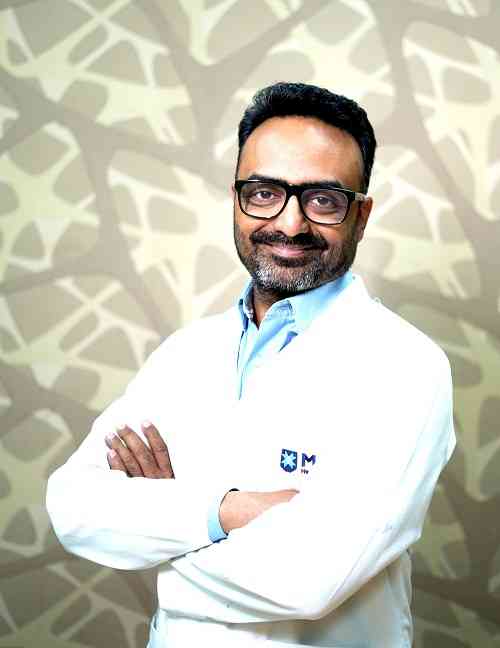Breast cancer early detection, screening, and management - what we need to know

By Dr. Amrita Chakraborty, Consultant Onco-radiology, HCG EKO CANCER CENTRE, Kolkata
Breast cancer remains a worldwide public health predicament and is currently the most common cancer. It is the primary cause of mortality among the female population around the globe including India. Awareness surrounding breast cancer is extremely important for early detection and the best treatment outcome. Each year one in ten of all new cancers diagnosed worldwide is found to be breast cancer.
Women are at increasingly high risk of breast cancer, due to a remarkable change in the reproductive and nutrition-related determinants over time. The most rapid rises are seen in developing countries, where breast cancer risk has historically been low relative to industrialized countries. The increasing trend in developing areas is the result of the 'westernization and altered lifestyles trend of factors such as childbearing, dietary habits, and exposure to exogenous estrogen. Considering the rising trends, women must be cautious and aware of the early signs and symptoms of breast cancer, the need for self-evaluation and screening techniques, and the ways of protection.
Identifying the early signs of breast cancer is very important and can be seen in the form of a rapidly developing breast swelling or lump. A sudden increase in the size of a lump that has been stable for a long period in the past, thickening or retraction of the skin of breast or nipple-areola complex, discharge from the nipple, axillary swelling, or a hard chest wall nodule. Of primary importance is the fact that most of these changes are painless and need to warrant greater caution. If such symptoms are detected, then we immediately need to see a doctor for further evaluation.
Radiodiagnosis plays a pivotal role not only in the early diagnosis of breast cancer but also through the entire process of treatment. The preliminary radiological investigations include mammography and high-resolution ultrasound of the breast. USG is a non-invasive investigation that does not cause the risk of exposure to ionize radiations. It is an easily available investigation and inexperienced hands can be used for characterization of a breast lump and in differentiating benign and malignant natures depending on certain sonographic characters of the lumps.
Ultrasound along with mammography also serve as fantastic screening tools for breast in case of positive family history, ductal discharge, or any other breast-related symptoms. Ultrasound also plays a pivotal role in guided breast biopsies for histo-pathological correlation and marker placements.
For smaller suspicious lesions and higher levels of screening magnetic resonance imaging of the breast now plays a pivotal role. It is possible to characterize very small breast lesions on an MRI based on the imaging characters on diffusion and dynamic post-contrast scans.
The role of CT and PET CT is predominantly related to staging and response evaluation during the process of treatment. With significant advancements in medical oncology, most breast cancer is now treatable, and a significant proportion is also completely curable. What is needed is patient awareness, self-care, and proper diagnosis and management under doctors who are specifically trained in treating breast cancer. Finally, we should understand that the rising trend in this disease are significantly due to altered lifestyles which if properly dealt with can serve as an important platform for breast cancer prevention.


 cityairnews
cityairnews 







